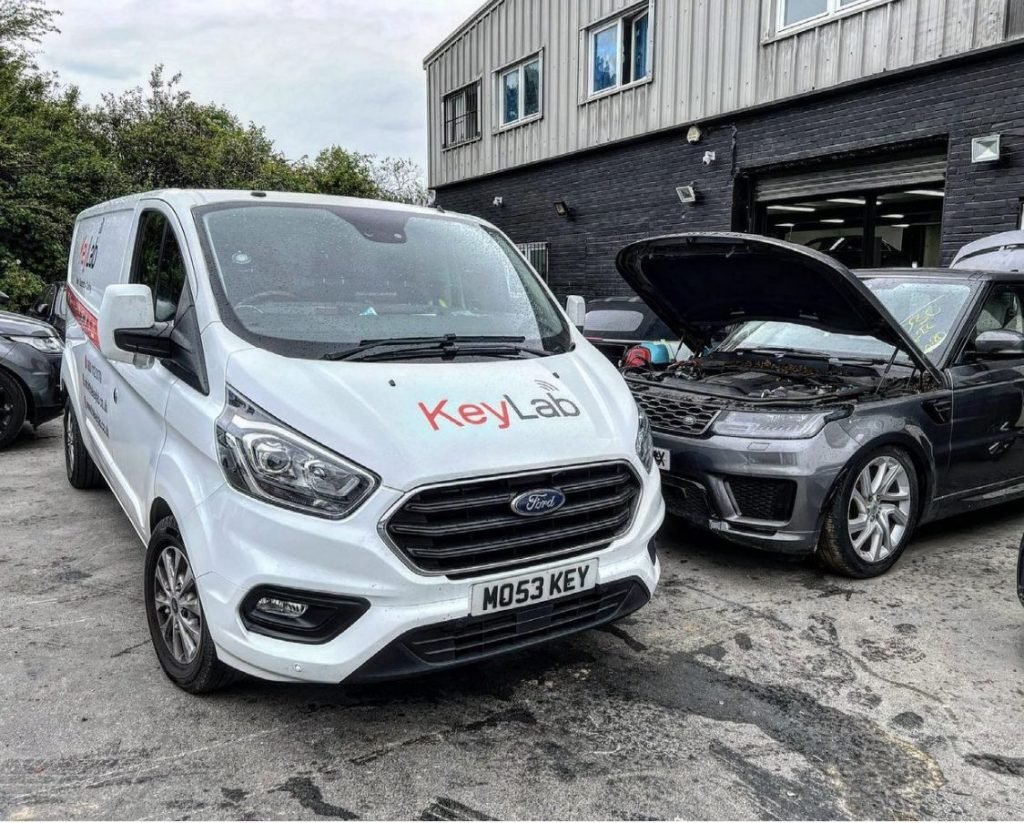Automotive Diagnostics
There are a variety of diagnostic tools that are available for use in automotive vehicles. gs 911 diagnostic include back-pin probing and pattern recognition algorithms. In addition to identifying component failures, these diagnostic tools can also assist you in communicating via remote assistance facilities. These tools are essential in ensuring that your car is safe on the road.
Warning system to alert you to a component that is failing.
Modern automobiles have numerous internal and electronic systems that monitor how well the vehicle is running and can be triggered by malfunctions. A warning signal is sent to the driver if something in the vehicle is not functioning properly. Some warning lights indicate something minor like gas cap leakage. Others can indicate a more serious problem.
A system that detects malfunctions will save information that will aid repair technicians identify the issue and then fix it. The repair technician will be able to quickly fix the problem if it is identified early enough. By heeding the warnings an owner of a vehicle can enhance its safety and reduce the cost of maintenance.
Modern vehicles are equipped with an onboard computer system that monitors all major systems and functions of the vehicle. It also monitors fuel consumption and harmful emissions. A warning light will be displayed on the dashboard if an element is damaged. This system is called OBD and is installed in personal vehicles trucks, commercial vehicles. It's now a common industry practice that helps diagnose problems much more easily.
These alerts are issued in the form of Diagnostic Trouble Codes, or DTCs, and are the result of a diagnostic procedure which determines the root of the issue. Diagnostics include an extensive search for service information, pin-point testing of the vehicle, as well as examining the affected areas. It is crucial to understand the meaning of these codes to correctly diagnose the issue with your vehicle.
Communication between vehicles and a remote assistance facility
In order for a remote assistance facility to be able to work with your vehicle you must be able to communicate with it. V2V communication (vehicle-to-vehicle) is a way to communicate with other vehicles wirelessly, and to exchange information. This technology allows for the transmission of omni-directional communications up to 10 times per second. It also assists vehicles in maintaining an eye-to-eye view of other vehicles in 360 degrees. It also uses information from nearby vehicles to warn drivers about upcoming accidents. These systems can also utilize audible and tactile alerts to assist drivers in avoiding accidents.
Back-pin testing
Back-pin probing, a method used in automotive diagnostics, employs a sharp point to contact automotive connectors. These probes are typically cheap and can be used on most vehicle models. These probes are helpful in measuring live circuits without damaging connectors. This eliminates the need for cutting the wire insulation.
The use of back-probing in automotive diagnostics is popular with many repair technicians as it is more convenient and safer than using a wire probe to pierce the insulation. These tools are easily inserted into automotive connectors with various tips. Many of the back-probes that are made for speciality have a small diameter, which helps to reduce the amount of leverage that is applied to the connector.

Some diagnostic kits for automotive use several connectors and probes including banana plugs, alligator clips, and pointed probe tips. Certain kits come with a variety of tests kits. These kits allow you to quickly and efficiently test for any potential issues in your vehicle's electrical system.
Back-pin probing can be one of the most efficient ways to test automotive connectors. It allows you to quickly connect or disconnect the test leads. This method of diagnosing is cost-effective. This method could save a lot of time, labour, and money.
On-board diagnostics
On-board diagnostics in automotive systems can provide drivers with vital information regarding the health of their vehicle. It can also alert them when their vehicle needs repairs or maintenance. This technology can improve fuel efficiency and reliability. It can also motivate car makers to create more efficient engines and improve vehicle safety. These systems can also aid drivers in saving time and money by allowing them to know how their vehicle is performing without needing to visit a mechanic.
Before the introduction of standard on-board diagnostics and on-board diagnostics for manufacturers, they developed their own systems. The original versions of the system were built using their own connectors, electronic interfaces and custom codes to report issues. Volkswagen and Datsun introduced the first systems in 1968 and 1978. The Society of Automotive Engineers (SAE), eventually required that all cars have the technology. Additionally, in 1994 California's law mandated that all vehicles be equipped with on-board diagnostics.
On-board diagnostics systems are so sophisticated that they have the computing power of a desktop PC. They are compatible with a variety of mid-speed networks and are now capable of handling huge quantities of data. Many on-board diagnostics systems incorporate sensors for vehicle speed, that detects rough roads accurately. The sensors are incorporated into the engine control unit of the vehicle also known as the ECU.
OBD systems can detect issues in a vehicle's engine and create a warning indicator within the instrument cluster. Once it is able to identify the issue, the OBD system stores the diagnostic trouble code. A mechanic can then connect a scanner to the OBD connector on the dashboard to detect the trouble code. A mechanic may not be able to interpret a trouble code, but it could help him figure out what's wrong.
